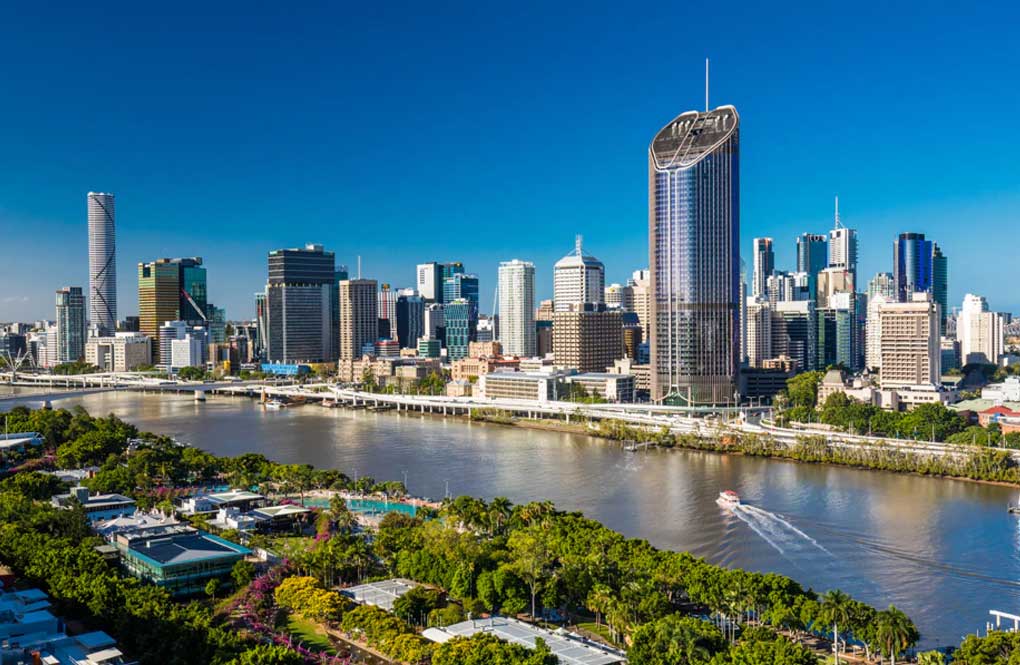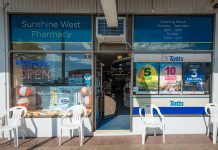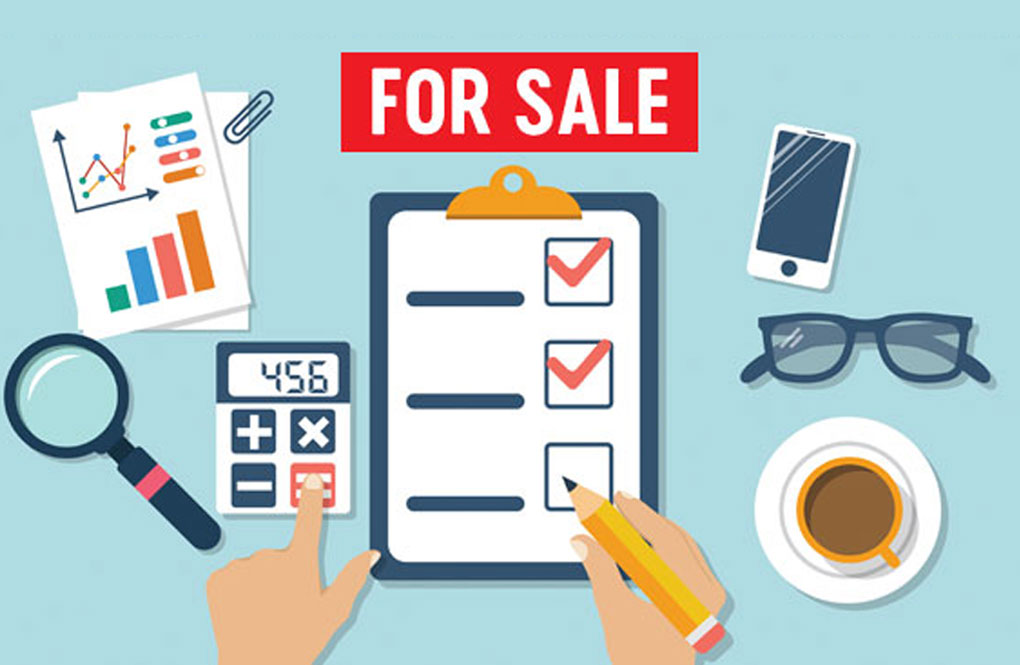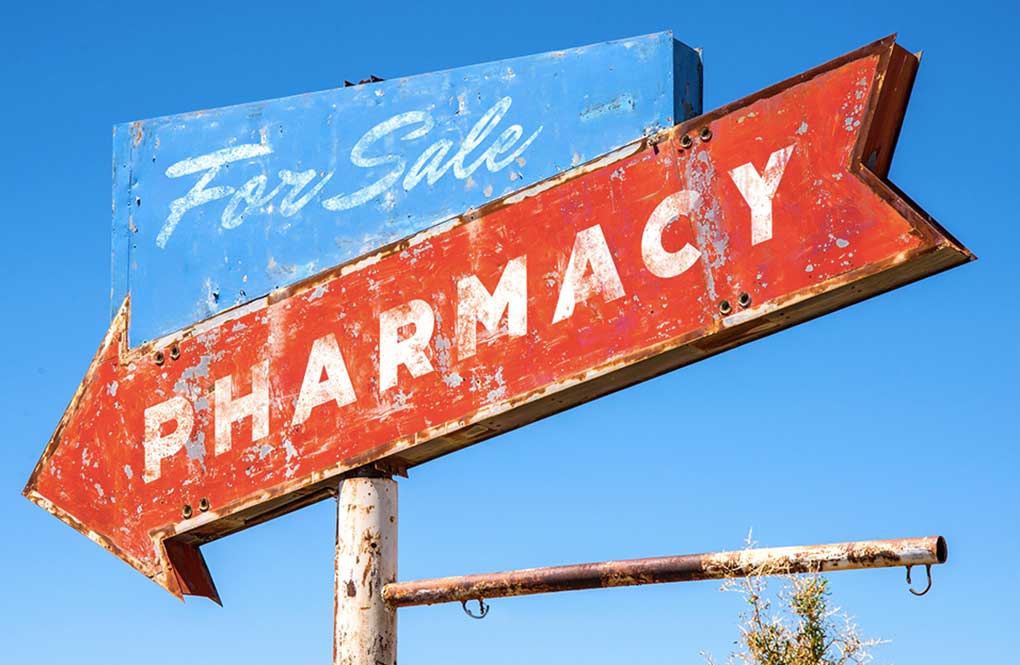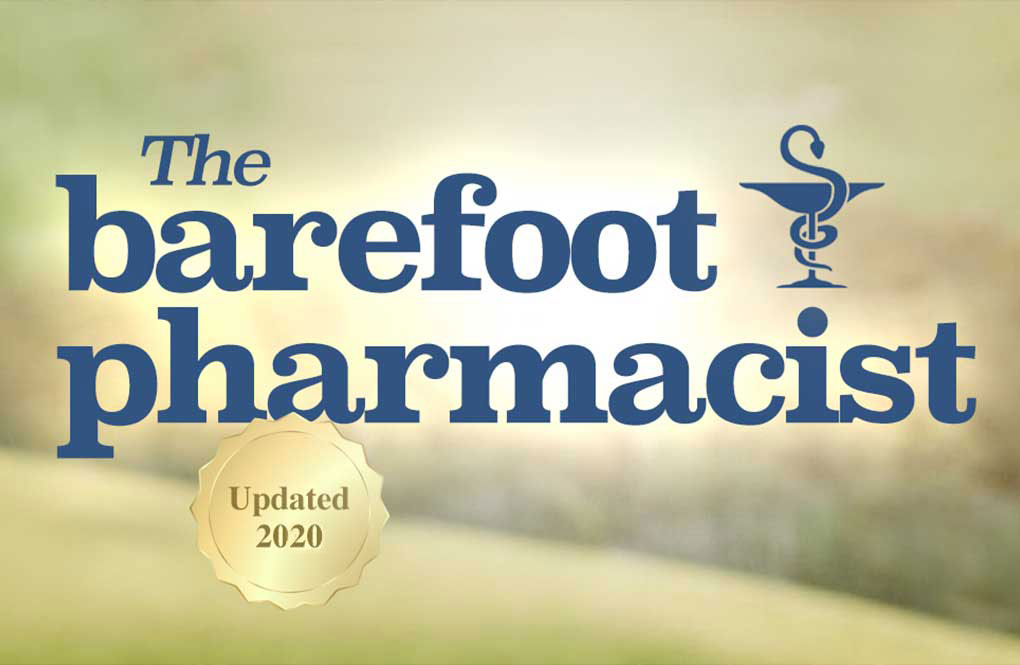Here we are again. I started publishing this annual review in December 2012 after being asked countless times by pharmacists across the state “what cap rates are pharmacies selling for?”
A decade on and nothing has changed — only our statistics have expanded due to the number of actual sales made by AP Group in Queensland during the year in review. As such, this pharmacy sales review article has grown, too. This report now provides:
- The capitalisation rates for metro and country areas
- Average sale price above valuation
- Average sale price for Queensland
- A comparison of the result to previous years
A look back on our predications
As always, we’ll start by looking back at the predictions we made for 2022. Did we get it right? Or were there surprises like in 2021?
In 2022, the number of sales and listings continued to grow (up slightly from 2021) which was as predicted coming off the back of a strong second half of 2021 for new listings. This is what else we found:
- Interest rates did not remain at record low rates which was a shock to most of Australia. The Reserve Bank raised the cash rate 8 times in 2022, going from 0.1% in December 2021 to 3.10% in December 2022. This is now having some influence on buyers’ decisions.
- Covid-19 did not go away. However, we’re learning to live with the virus and all government restrictions have been removed. Pharmacies continued to flourish in 2022 benefiting from government Covid-19 vaccinations and the RATS program.
- The large number of active buyers in the market continued in 2022, with a couple of the large groups that operate in Queensland having record years for the number of pharmacy acquisitions.
- The pharmacist shortage across the county has continued in 2022 — this is widespread and not just limited to regional cities and country areas.
After the sharp drop in cap rates for Queensland in 2021 (14.88 average), the market stabilised in 2022. Quality community pharmacies and pharmacies in prime locations continue to be in high demand when listed on the open market. The competitive conditions for listed pharmacies made it tough for first time buyers to break into ownership, with only 25% of pharmacies sold in QLD going to individual owners (first time buyers).
Single pharmacy towns in regional and remote areas have continued to be a challenge to find willing buyers — even when prices have been dropped. This is due to the pharmacist shortages and the much higher pay rates of locum pharmacists working in major cities.
Analysis
| QUEENSLAND | 2022 Cap Rate | 2021 Cap Rate | 2020 Cap Rate | 2019 Cap Rate |
| Regional / Country Average | 16.1% | 16.5% | 22.74% | 19.5% |
| Regional / Country (Range) | 14% to 20% | 13.9% to 18.9% | 17.5% to 27.2% | N/A |
| Metro Average | 13.9% | 13.59% | 15.61% | 16.0% |
| Metro (Range) | 13.1% to 15.1% | 12% to 16.15% | 15.1% to 16.7% | 14.6% to 16.7% |
| Overall (QLD Average) | 15.21% | 14.88% | 18.78% | 17.75% |
Special Notes: If a pharmacy was purchased based on the sum of its assets or just for the PBS approval number, it has been excluded. Only pharmacies sold using the traditional FME valuation methodology were included in the analysis above. Three QLD pharmacies were sold on the sum of their assets in 2022.
Observations and Conclusions
QLD Average Sold Price Above Valuation in 2022: 12.5%
Metro Average Sold Price Above Valuation in 2022: 16.5%
Average Sale Price in QLD: $1.82M
Metro: Calendar year 2022 was similar to 2021. Metro pharmacies that went to market attracted multiple buyers, driving the price up above asking price in some cases. This kept the cap rate down at around 14% for community pharmacies in metro areas of QLD.
Large independent groups, Chempro and The Infinity Group, that are dominating here in QLD continued their aggressive acquisition plans during 2022. This also contributed to the cap rate being maintained at 2021 levels.
Several smaller, medical centre style pharmacies hit the market in 2022 providing opportunities for first time buyers, as the smaller pharmacies don’t always appeal to the larger groups. In 2022, only one quarter of pharmacies sold were to first time buyers or non-groups.
Regional and Country QLD: The cap rate for regional and country pharmacies in QLD stayed down around the 16% mark, similar to the 2021 result. Again, the sample of pharmacies sold in regional and country QLD did not include any small, single pharmacy towns that would push the average cap rate higher.
Other points impacting the sale of pharmacies in regional and country areas are:
- The extreme shortage of pharmacists in all parts of the state has driven the pharmacists’ hourly rates up, having a direct impact on the profitability of these pharmacies.
- The groups and buyers willing to consider good pharmacy opportunities in regional cities are hesitant to proceed unless they have a managing partner or pharmacist already lined up to operate the business. The pharmacist selling is often retiring or not wanting to keep working 6 days a week, and the risk of not finding a pharmacist to replace them is high.
- Smaller, remote, single pharmacy towns continue to be a challenge to get buyers interested, even when priced below valuation. Part of the reason is many first time buyers that once considered these stores a better option than working for wages are now earning good money as locum pharmacists in regional areas or large regional cities. As such, it’s become less financially attractive to take out a small loan and be an owner operator of a small pharmacy in a remote rural location.
Predictions for 2023
What will 2023 bring for pharmacy sales? Overall, I think we can expect more owners to exit pharmacy in 2023 than in previous years. Here’s what I believe will be the key market drivers for this trend:
- Pharmacist shortages will continue to put pressure on owners, and after the stress of operating through the Covid-19 pandemic, many owners have not had a decent break. They’ve had enough.
- After a couple of consecutive good years for most community pharmacies (increased sales and higher profits) more owners will be thinking about taking advantage of the increased valuations.
- Some owners could be driven by the “fear of missing out” when we look at the pharmacies being sold for above valuation prices and higher than the longer terms average cap rate.
- The 8 consecutive rate increases by the Reserve Bank could start to worry some owners, along with the risk Australia may slip into an economic recession.
Finally, I believe the high number of active and willing buyers will continue in 2023, with independent groups and first time buyers still confident in the future of pharmacy. We’re witnessing expanding health services funded by the government, as well as an expansion of the pharmacist scope of practice — these factors can only be a good thing for pharmacy.
As multi-store owners and independent groups continue to buy and expand pharmacies and look at their options to lock in talented pharmacists, we might see an increase in the number of working managing partnership opportunities on offer in 2023. The current pharmacist shortage will continue, as unfortunately, there are no quick fixes. In saying that, there are positive signs for young pharmacists with ambition, dedication, and determination to become a pharmacy owner or working managing partner.
In 2022, our AP Group partnership program saw 3 new partnerships formed and 4 more due to start their trial periods. This is a great opportunity for young pharmacists to become managing partners.
If you’d like to discuss any of the views, opinions or observations expressed in this article, I’d love to hear from you. Please feel free to contact me directly at ian@apgroup.com.au
I’m looking forward to 2023 and hopefully AP Group can assist you in your pharmacy ownership journey.
– Ian Fedrick, Partner and QLD Sales Manager at AP Group

